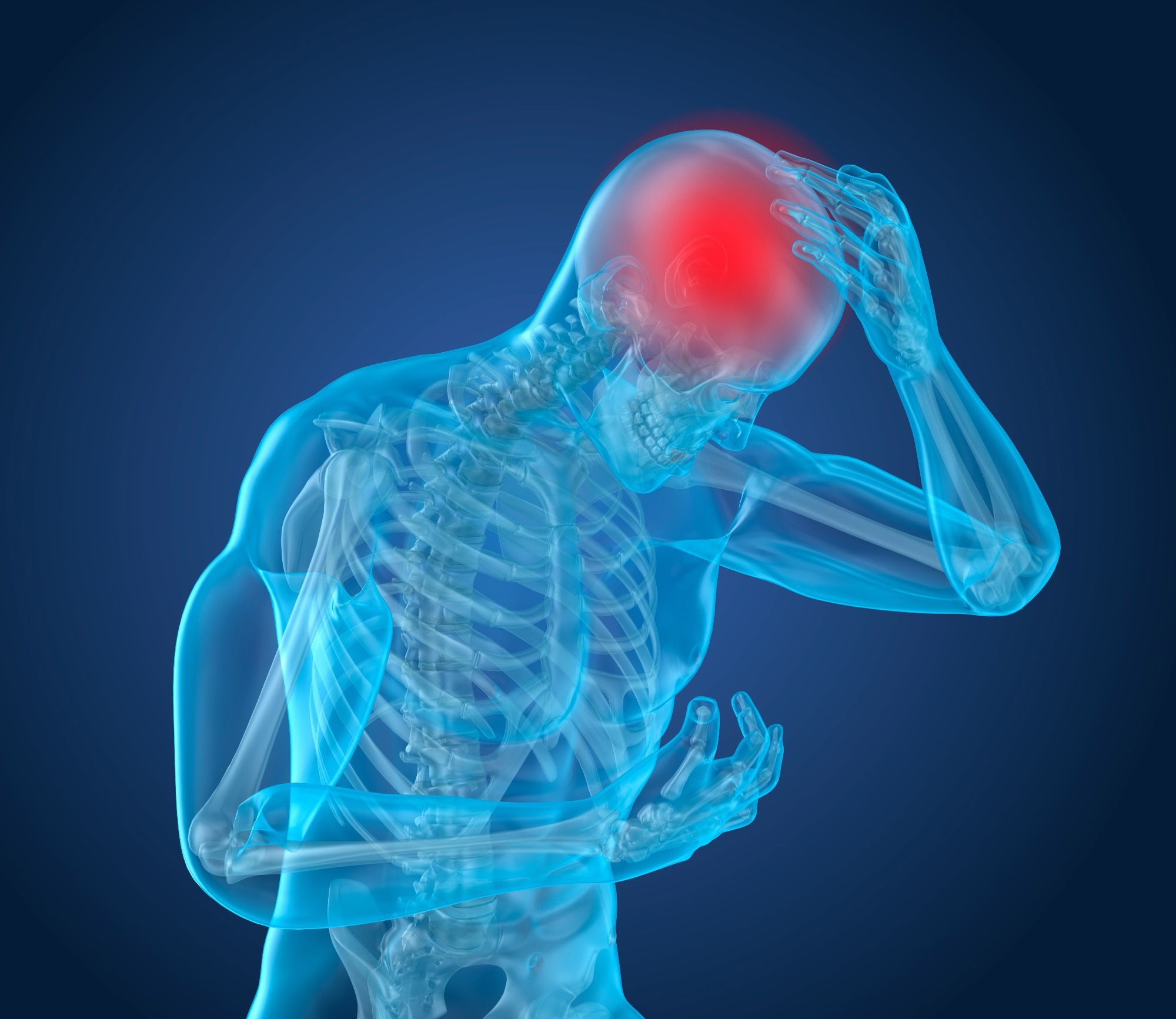According to a new study, a recently made sensor patch that is worn on the back of the neck can assist in predicting the risk of concussion in arduous sports, like judo or American football. The research was reported in Scientific Reports. It states that the compact and flexible device can identify sudden neck strain, like whiplash, in a test dummy.

Image Credit: Shutterstock.com/ Alex Mit
In contact sports, collisions and non-collision accidents can create high-speed neck movements, leading to concussions. There are instruments available already to aid in predicting concussion—for instance, accelerometer-based sensors that identify movement when positioned in the helmet of an athlete. These devices, however, are heavy and can produce faulty readings while the helmet on the head moves.
Nelson Sepúlveda and his co-workers designed a novel patch sensor using a film layer of thermoplastic material, which is also known as a ferroelectret nanogenerator. The material generates electrical energy when pressure is applied or physically contacted. The generated electrical signal is proportional to the physical strain on the neck. Also, it could be used to calculate the velocity and acceleration of sudden neck movement, which are the two prime markers for detecting concussion.
The researchers applied the device to the back of the neck of a dummy with accelerator-based sensors and a gyroscope inside the head. Then, they dropped the dummy from a 61-cm suspended height to simulate whiplash and discovered that the sensor patch output had a 90% strong positive correlation with outcomes from the sensors that are present inside the head. They state that there was less than a 10% difference in the readings’ sensitivity on average, across various patch sensor devices.
The researchers infer that their device can be utilized to potentially quantify whiplash and can be further developed to aid in identifying concussions. Nevertheless, more testing on sports players and human athletes is needed.
Journal Reference:
Dsouza, H., et al. (2022) Flexible, self-powered sensors for estimating human head kinematics relevant to concussions. Scientific Reports. doi.org/10.1038/s41598-022-12266-6.